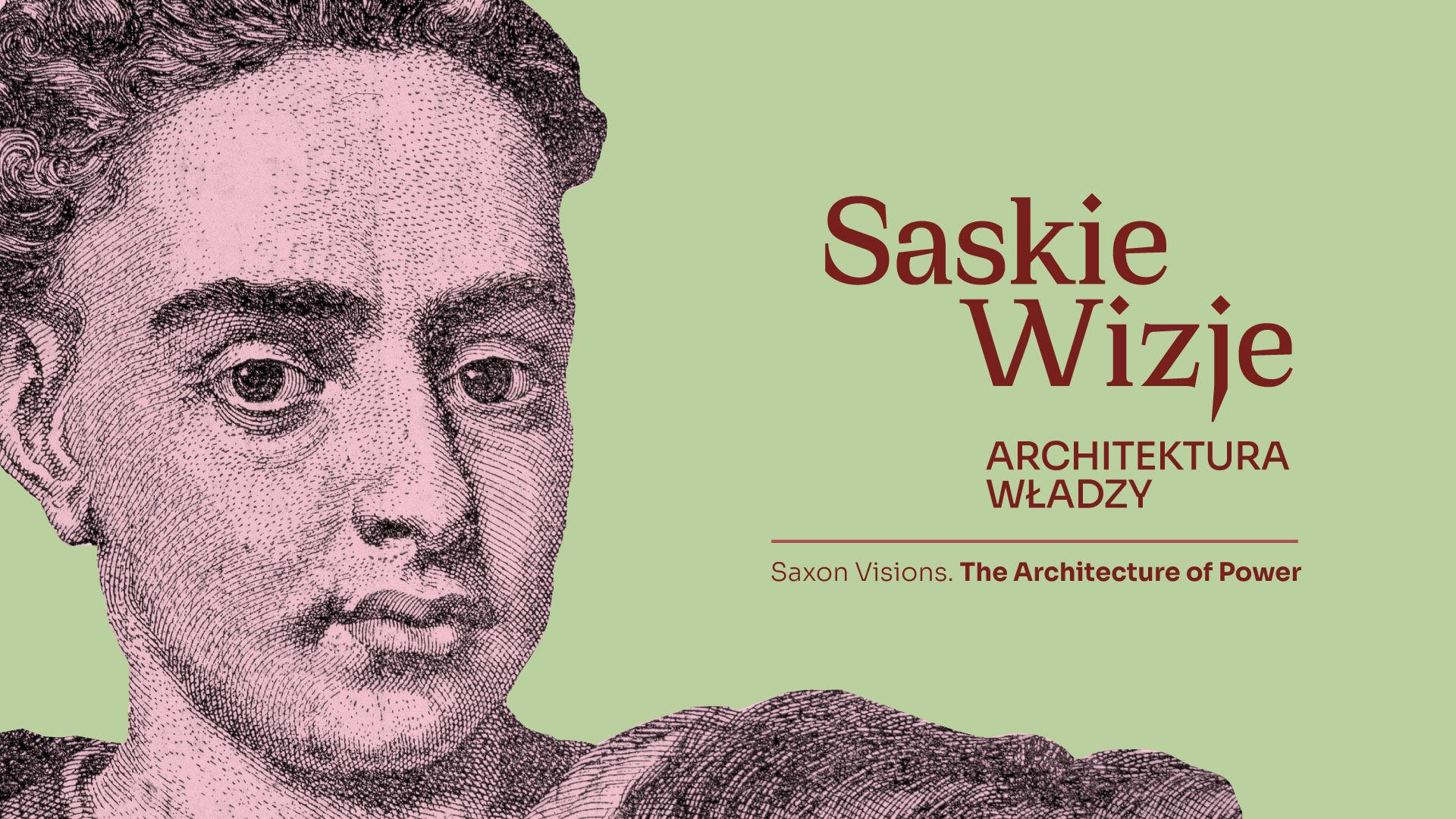Saxon Visions. The Architecture of Power

Saxon Visions. The Architecture of Power
25 April – 20 July 2025
Architecture not only provides shelter, but also speaks to us. Usually in the voice of power. We sometimes receive its messages consciously, but more often unconsciously. We invite you to an exhibition that will allow you to better understand architecture as a tool of influence – using the example of completed and uncompleted plans to expand the Royal Castle in Warsaw during the reign of the kings of the Saxon Wettin dynasty (1697–1763). It will also bring you closer to a fascinating chapter in the history of the Republic of Poland – a time of political crisis, but also cultural revival.
What’s on display
The exhibition will feature original 18th-century architectural drawings from the collection of the Saxon State Archives in Dresden. They show plans for the expansion of the Royal Castle during the reigns of Augustus II the Strong and Augustus III. They will be complemented by models showing the residence before and after the extension.
Augustus II the Strong
Although the reign of the Saxon dynasty is often criticised, the era also had its bright sides, especially the development of art and culture. When Frederick Augustus I of Saxony, Elector of Saxony, became King Augustus II of Poland in 1697, many excellent artists, architects and engineers came to Poland with him.
Thanks to him, the first modern urban layout, called the Saxon Axis, was created in Warsaw. There were more ambitious plans, including the expansion of the royal residence. What was their main purpose? To show who is in charge! And in what style. Although most of the plans were not realised, they left their mark in the form of preserved projects, which are still impressive in their scope.
Augustus III
Augustus III continued many of his father’s initiatives, and the favourable political situation allowed him to realise more of his ideas. It was he who added the late Baroque eastern wing with its richly decorated facade to the Royal Castle and who gave the Senator’s Hall its final architectural form and interior design.
Why was the Castle extended on the side facing the Vistula? What important role did the Dresden Collection play after World War II? The exhibition will answer these and other pressing questions.
Special exhibit
The exhibition will also include a fragment of an inscription board from the attic decorating the central risalit of the eastern wing of the Royal Castle. The relic was accidentally discovered during archaeological work on the site of the former Brühl Palace and was handed over to the Royal Castle by the “Saski Palace” company.
